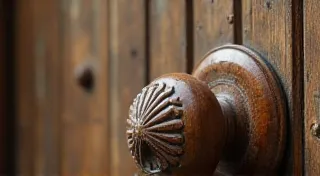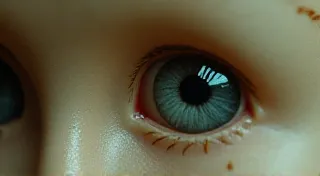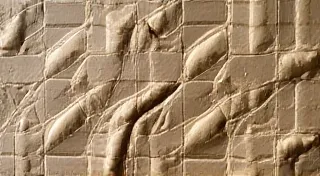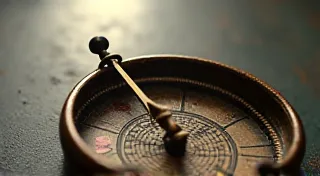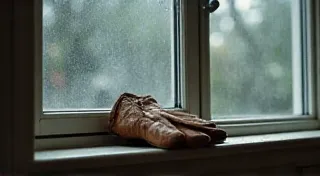The Ledger of Lives: Tracing Ownership Through Time
A small, unassuming coin purse. It might sit nestled among dusty treasures at an antique fair, or perhaps it’s been carefully preserved in a family attic. To the casual observer, it’s merely a container for pennies, nickels, and dimes. But for the discerning collector, a vintage coin purse is a portal – a fragile, leather-bound echo of lives lived, fortunes saved, and stories untold. We collect these diminutive vessels not just for their beauty or rarity, but for the potential they hold: the possibility of uncovering a thread connecting us to someone who held this very purse in their hand decades ago.
It’s a romantic notion, isn’t it? The idea that a tiny object can whisper secrets across time. And while fully reconstructing a life from a few scratches, a faded lining, or a lingering scent might be impossible, the pursuit itself – the detective work, the piecing together of clues – is deeply rewarding. Think of it less as a hunt for definitive answers, and more as a delicate exercise in imaginative reconstruction. A ledger of lives, etched not in ink, but in worn leather and fading fabric.
The Material Echoes of an Era
The earliest coin purses, prior to the rise of mass production, tell volumes about the era in which they were made. Before the reign of plastic and synthetic materials, these purses were crafted from the finest available: calfskin, goat leather, even morocco, known for its luxurious feel and durability. The stitching was meticulous, often done by hand, demonstrating a level of craftsmanship sadly lacking in many modern goods. Consider the sheer labor involved – a testament to the value placed upon even the smallest of possessions. These weren’t disposable items; they were meant to last. The very selection of materials, the cut of the leather, the type of clasp – all point to the economic status and aesthetic sensibilities of the time.
The Art Deco period, for instance, produced coin purses with geometric patterns, often embellished with intricate beading or enamel work. The post-war years saw a boom in novelty purses, many featuring whimsical illustrations or playful designs reflecting a newfound sense of optimism and prosperity. The 1950s brought a wave of bakelite and lucite purses, their translucent bodies showcasing a sense of futuristic modernity. Examining the construction techniques and materials—the type of lining used, the quality of the hardware—provides invaluable insights into the industrial processes and design trends of the day. Beyond the specific materials, the overall sense of an object’s age and its condition often contributes to the story it can tell - a subject often explored in articles on Ephemeral Elegance: The Transient Beauty of Age.
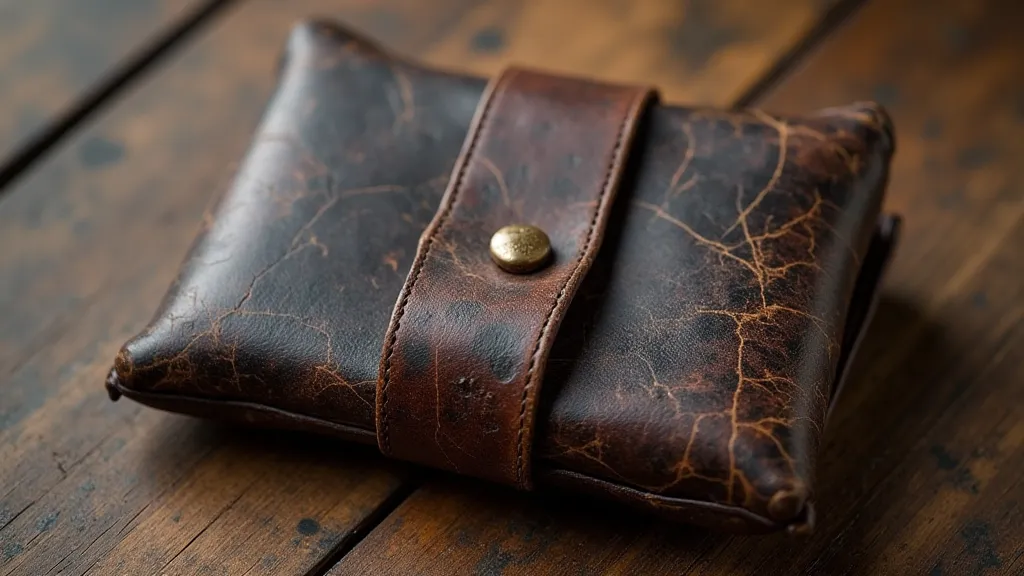
The Clues Within the Purse
So, where do we begin our exploration? It's not always easy. A coin purse rarely comes with a detailed biography attached. However, the objects themselves can be surprisingly talkative. Scratches, initials etched into the leather, remnants of perfume, or even dried flower petals—all these are potential clues. A faint lipstick stain might suggest a particular brand of cosmetics popular in a certain decade. A particular type of clasp or closure might help narrow down the manufacturing period. Even the type of coins found within (if any!) can provide context. A silver dime from 1945, for instance, immediately anchors the purse to a specific timeframe.
I once acquired a small, velvet coin purse with a delicate embroidered floral design. Inside, tucked into a hidden pocket, I found a tiny, faded photograph of a young woman in a 1920s flapper dress. It wasn’t a clear image, but it was enough to spark my imagination. Who was she? Where had she been? What were her dreams? The purse became more than just a collectible; it became a tangible link to a life I could only partially envision. The allure of uncovering those forgotten narratives – the sense that even the smallest object can contain a universe of stories – is what draws many collectors to this unique form of historical investigation. It's a fascination with how seemingly insignificant possessions can reveal deeper truths about the lives they once accompanied, a theme frequently discussed when considering The Pocket’s Poetry: Small Objects, Grand Stories.
Sometimes, more literal clues present themselves. A postal mark on a lining, a dried theatre ticket stub, a pressed flower – these fragments offer tantalizing glimpses into the purse’s past. A small business card tucked within could reveal a former owner’s profession or place of residence. These discoveries aren't just interesting in themselves; they can prompt further research, leading to a deeper understanding of the purse’s history.
Restoration and Respecting the Narrative
The impulse to restore a vintage coin purse is understandable. Years of use and storage can take their toll on these delicate objects. However, a crucial point for the thoughtful collector is balancing preservation with the integrity of the purse’s story. Overly aggressive cleaning or repair work can erase valuable clues and diminish the object’s authenticity. A few scuffs and imperfections are not flaws; they are marks of history, evidence of a life lived.
Consider the philosophy of "patina." It’s not merely discoloration or wear; it’s a visible record of time and use, a testament to the object's journey through the world. Cleaning a coin purse to a pristine, factory-fresh condition would be akin to erasing its biography. Gentle cleaning with specialized leather care products can help preserve the object’s condition without sacrificing its character. The passage of time is a vital part of any collectible’s history, and understanding how that history manifests itself is essential for a true appreciation of the item's story.
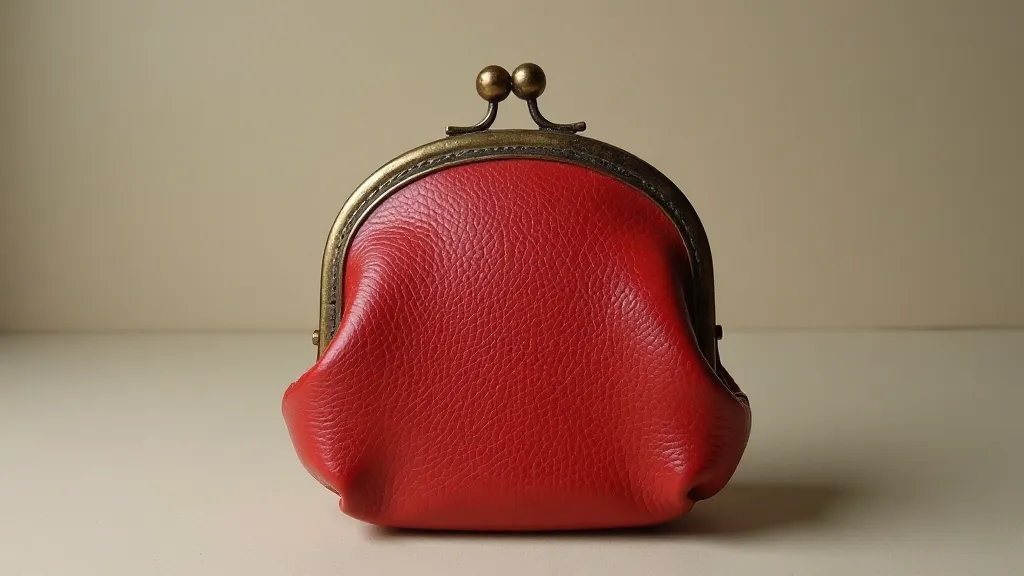
Beyond the Collectible: A Portal to the Past
Collecting vintage coin purses isn't merely about accumulating objects; it's about engaging with history in a profoundly personal way. It’s about appreciating the artistry and craftsmanship of a bygone era. It's about connecting with the lives of those who came before us. Each tiny purse represents a fragment of a larger narrative—a story waiting to be rediscovered.
The true value of these collectibles lies not in their monetary worth, but in the stories they hold, the connections they forge, and the sense of wonder they inspire. As we carefully examine each purse, we aren't just looking at an object; we are peering into a window—a portal to the past—and glimpsing the echoes of lives lived and fortunes saved. Sometimes, it's about understanding not just *what* an object is, but what it *represents* within a particular historical context. The significance of these small items is often far greater than their size would suggest.
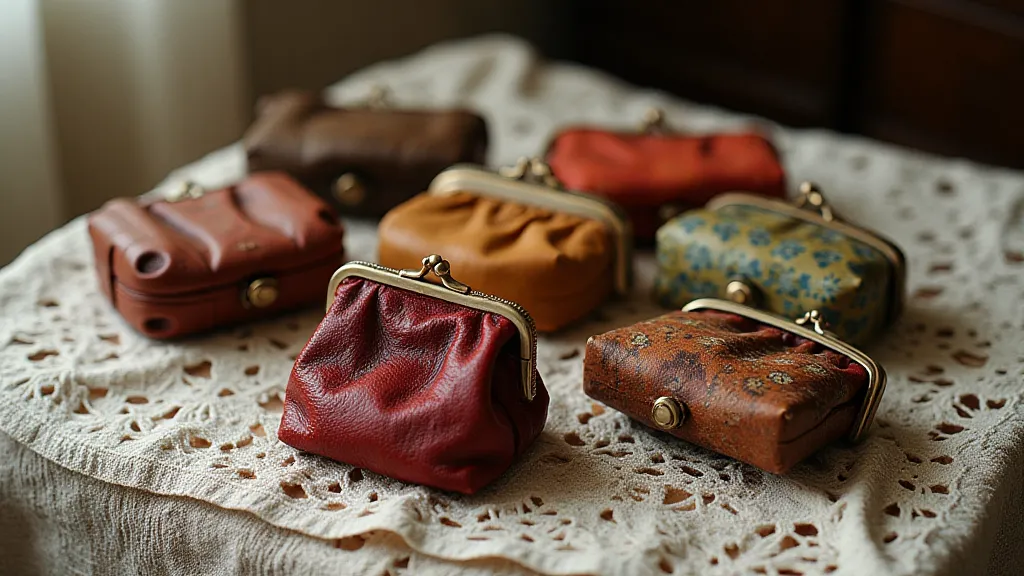
The fragility of time and the ephemeral nature of human existence are recurring themes throughout history. Preserving these tangible links to the past, even in the form of a small coin purse, becomes an act of remembrance and a testament to the enduring power of human connection. Many collectors are driven by a desire to safeguard these fragments of the past, ensuring that their stories are not forgotten. The impact of economic shifts and societal changes can often be gleaned by examining the items people carried with them, reinforcing the idea that even a seemingly insignificant object like a coin purse can offer a surprisingly detailed glimpse into a bygone era. It’s a journey of discovery, one that invites us to contemplate the delicate balance between memory and oblivion.
